-
Welcome to Tacoma World!
You are currently viewing as a guest! To get full-access, you need to register for a FREE account.
As a registered member, you’ll be able to:- Participate in all Tacoma discussion topics
- Communicate privately with other Tacoma owners from around the world
- Post your own photos in our Members Gallery
- Access all special features of the site
Bruiser the Adventure Cruiser Cargo Trailer Build
Discussion in 'Other Builds' started by Adventurous, Jan 29, 2018.


 SCCRMUM- a Lexus Mountain Goat
SCCRMUM- a Lexus Mountain Goat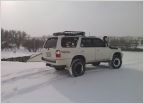 Alpha 4Runner Build.
Alpha 4Runner Build.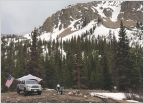 My Off Road Worthy 5x8 Camper Build
My Off Road Worthy 5x8 Camper Build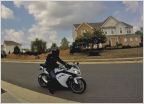 (SOLD) CanisLupus Ninja 300 Build
(SOLD) CanisLupus Ninja 300 Build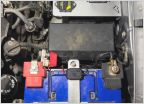 Wi_taco 12V house power v1.1
Wi_taco 12V house power v1.1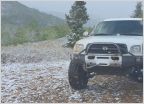 Seanpistol's first-gen Tundra
Seanpistol's first-gen Tundra
